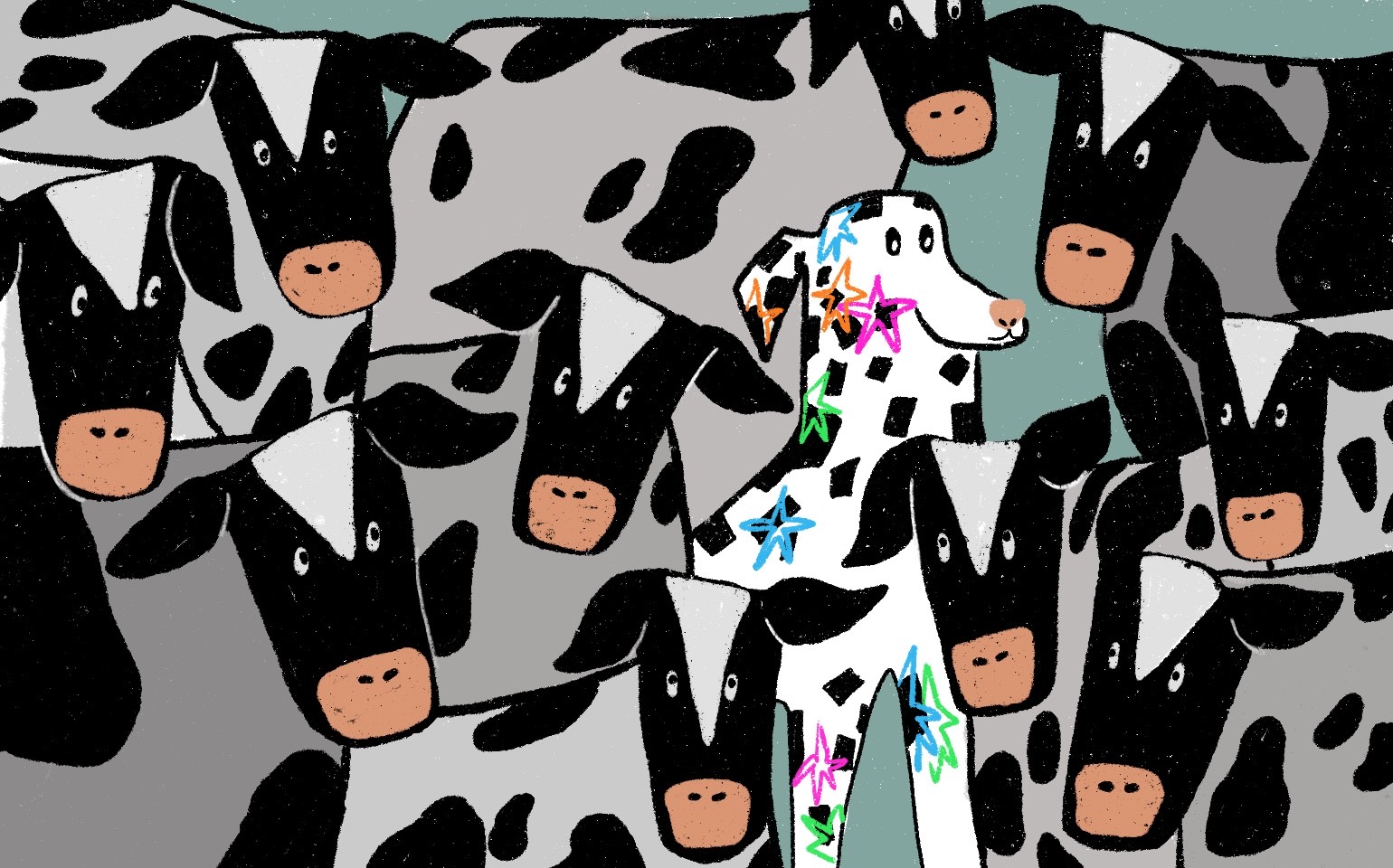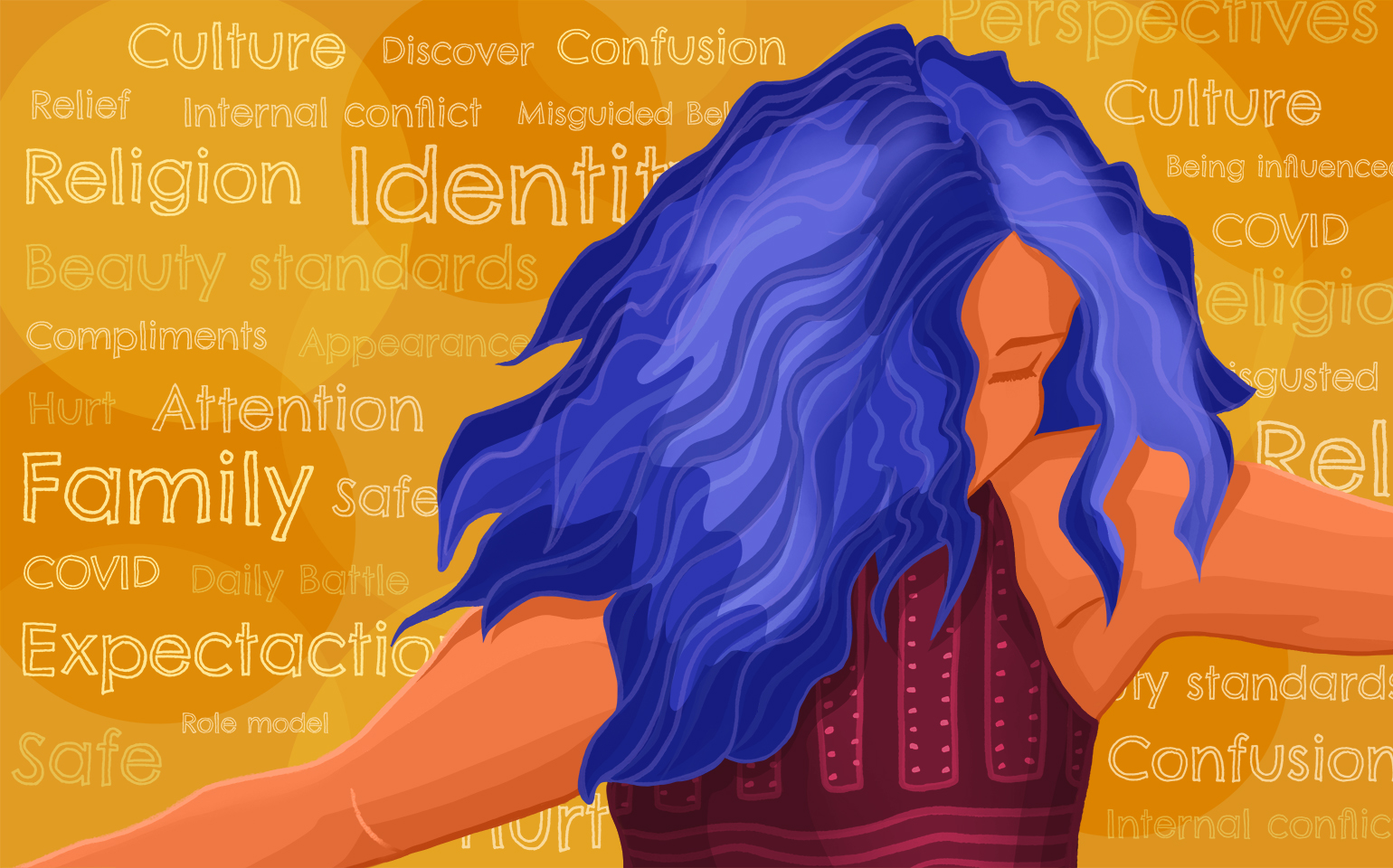Through Wavering Eyes: My Personal Journey with Nystagmus
I was born with nystagmus, but I didn’t understand what that really meant until kindergarten when my family and I were referred from my family doctor to go on a visit to Sick Kids Hospital. For those of you that don’t know, nystagmus is a neurological disorder where the eyes make repetitive, unconscious, and fast movements. Since then, I’ve realized that it really does impact vision and balance.
Nystagmus can be inherited or of later onset caused by neurological problems, head injury, poisonings, or side effects of medication. Having it diagnosed at an early age, I had quite a change in my life. My vision has always been unstable so I had to be able to read more confidently, navigate through school and my job accordingly, and to be presentable and likeable to people around me. The more I realized how much vision changes, the more overwhelming living with nystagmus could be at times.
My family and I must have searched the internet a thousand times for information about ways to help with my condition as it wasn’t that common when I was diagnosed. We tried to find means of adapting, the technologies available, support groups, and strategies to manage my symptoms–involuntary eye movements, vertigo, blurry vision–and ensure this change did not greatly affect my well-being. It was through knowledge about nystagmus that I was empowered to be in control of this totally unavoidable situation. The major change, however, was the loss of the ability to do activities I loved, such as reading and playing particular sports.
Individuals with nystagmus experience social challenges. Most of the time, social events will engage the patient in some form of tricky visual requirements like maintaining eye contact, following fast-paced conversations, or navigating dimly lit environments. The thing is, many people don’t really understand how bad nystagmus truly is and think of it as some little quirk or minor difficulty. This is probably the reason why I haven’t gotten very far with explaining just how nystagmus affects me. For example, well-meaning but misguided “help” includes suggestions to get books with large print when the problem is more in the constant movement of text than the size of the print.
To be born with nystagmus has tested me in unforeseen ways. Had I lost the small amount of adaptability, determination, and confidence that I happen to carry, I probably never would have been capable of going through with life like this. I’m grateful for flashes of clear vision and happier for all the people who go out of their way to make me feel comfortable. That has given my relationship with visual tasks a new meaning. Every successful reading session or clear view becomes a source of thanksgiving and appreciation. It has led to a greater understanding of my condition and created a sense of responsibility towards my well-being. The understanding, support, and efforts towards accommodating my visual needs have been awesome and impacted my well-being and belonging greatly. Nystagmus taught me to be much more in tune with how visual tasks were impacting my well-being and to find that balance where I could enjoy such activities without compromising my health too much.
It tested my resilience, deepened my gratitude, and reshaped my relationship with myself in navigating an overall constantly shifting world.
It has also taught me to be an advocate for myself in living with nystagmus. It struck me that people, ranging from teachers to prospective employers, do not really understand the challenges facing a student or employee with a visual impairment and so often become a source of unhelpful interaction. I began to advocate for myself and others who have such conditions. As such, I would share with my teachers the areas in which I would need help. For example, different seating arrangements and precautions to be taken to reduce the effects of glare and help me see the board. I also searched for assistive technology to help with my studies, such as screen readers and magnification software.
Outside of this, I joined support groups and non-profit organizations for nystagmus and low vision. It brought about such a community spirit and provided a platform for the exchange of experiences and strategies in dealing with the condition. At a personal level, I was informed about recent treatment and assistive technology developments from such interactions, which really empowered me to manage my own situation even better.
I think the greatest lesson I have learned by living with nystagmus is resilience. There were innumerable times I got annoyed, felt down, and was discouraged due to the limitation it imposed on me. Still, there were moments of triumph when my challenges were overcome and my goal reached. Through these experiences, I learned that the trait of resilience is not about never facing setbacks, but about finding strength to persevere and continue through the hurdles.
Dealing with nystagmus has strengthened my empathic abilities, helping me try to put myself in other people’s shoes as they face their very own challenges.
It further sensitized me to people’s struggles or difficulties and predisposed me even further to offer my support and understanding, which has so far indeed enriched my relationships and made me a better person in that way.
Consequently, living with nystagmus has been a journey of adaptation, advocacy, and resilience. I have been tested in ways unimaginable but with God’s grace, this could only make me stronger and more empathetic. I thank my family, friends, and my community. I am in love with the idea of raising awareness regarding nystagmus to articulate the needs of those who are undergoing visual impairments. But this journey, and all the challenges nystagmus puts forth, does not define me, it is one part of a bigger narrative that will teach me so much about perseverance, gratitude, and community.




